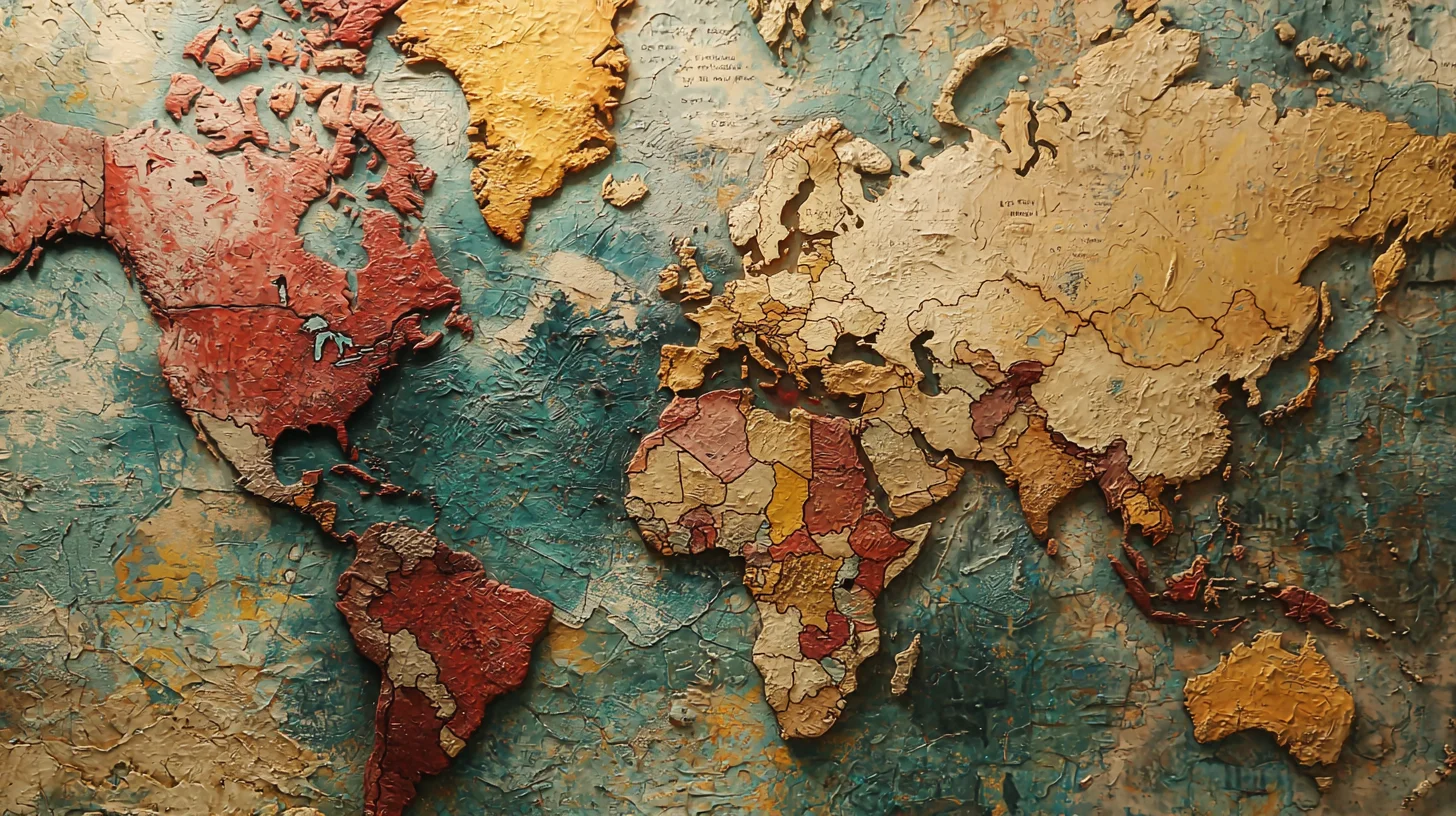30 March 2024
Traversing the Spiritual Divide: Orthodox versus Catholic Beliefs.

Press the play button in the top right corner to listen to the article
Within the vast expanse of Christianity, the Orthodox and Catholic churches stand as towering pillars, each rooted in deep historical and spiritual traditions. These two branches of Christianity, while sharing a common foundation in the life and teachings of Jesus Christ, diverge on several key theological, ecclesiastical, and liturgical aspects. This exploration sheds light on their distinctive beliefs and practices, underscoring the diversity within the Christian faith.
At the heart of their differences is the leadership structure that each church upholds. The Catholic Church is organized under the leadership of the Pope, who is considered the Vicar of Christ on earth. This centralization of authority is rooted in the belief that Saint Peter, the first bishop of Rome, was granted full authority by Christ, a legacy that his successors inherit. This belief manifests in the doctrines of Papal primacy and infallibility, suggesting that the Pope, under specific conditions, is preserved from error in teachings on faith and morals.
Contrastingly, the Orthodox Church operates with a decentralized leadership model, emphasizing a conciliar approach where decisions are made collectively by bishops. This tradition does not recognize the primacy of the Pope as an overarching authority over its affairs. Instead, the Ecumenical Patriarch, while holding a position of honor, is seen as the first among equals, without jurisdiction over other Orthodox churches.
The theological rift extends into the procession of the Holy Spirit, known as the Filioque controversy. The Catholic Church’s addition of "and the Son" to the Nicene Creed’s description of the Holy Spirit’s procession diverges from the Orthodox stance, which adheres to the creed’s original wording that asserts the Holy Spirit proceeds from the Father alone. This addition by the Catholic Church has been a point of contention and remains a defining theological difference.
Sacramental and liturgical practices further distinguish the two, notably in the Holy Communion and the role of icons. The Orthodox tradition uses leavened bread for the Eucharist, reflecting its theological nuances, whereas the Catholic Church uses unleavened bread. Iconography holds a central place in Orthodox worship, with icons serving as windows to the divine. The Catholic Church, while embracing sacred images, historically approached icon veneration with more caution.
Clerical celibacy marks another difference; the Catholic Church mandates celibacy for its priests and bishops, whereas the Orthodox Church allows married men to be ordained as priests, although bishops must remain celibate. Moreover, theological divergences are apparent in views on purgatory, the Immaculate Conception, and the nature of grace, with the Orthodox Church rejecting certain doctrines upheld by the Catholic Church.
Despite these differences, it’s essential to acknowledge the shared belief in Christ and the Gospel that unites the Orthodox and Catholic faithful. Both traditions cherish the sacraments, scriptures, and ancient creeds that have guided Christians through the ages. Efforts toward dialogue and reconciliation continue, reflecting a shared desire for unity within the broader Christian community.
The content, including articles, medical topics, and photographs, has been created exclusively using artificial intelligence (AI). While efforts are made for accuracy and relevance, we do not guarantee the completeness, timeliness, or validity of the content and assume no responsibility for any inaccuracies or omissions. Use of the content is at the user's own risk and is intended exclusively for informational purposes.
#botnews














































































